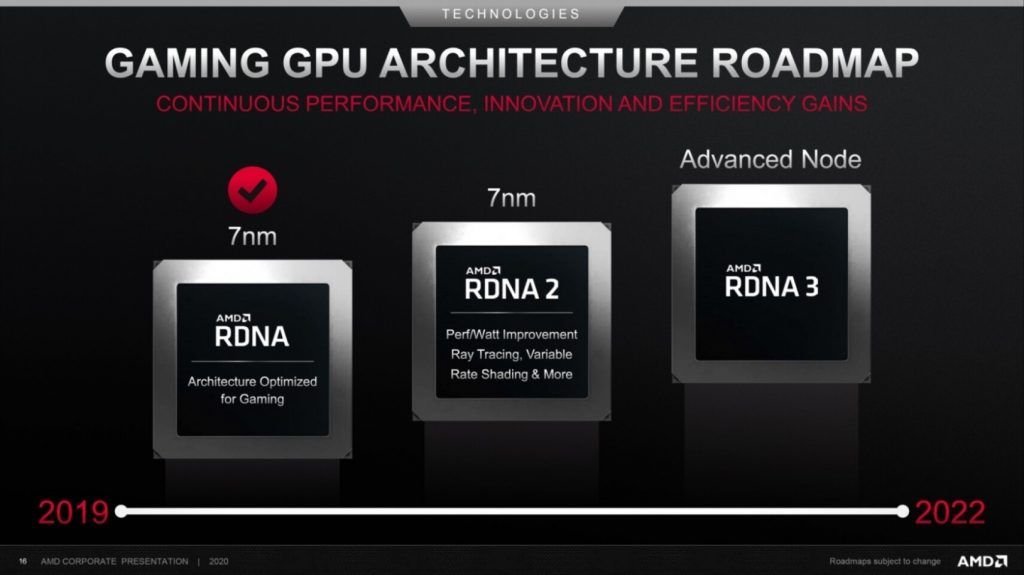New rumors are surfacing regarding GPU architecture such as AMD RDNA 3. According to some in-house sources, these new GPUs could offer a performance increase of up to 40% compared to the RX 6900 XT.
The AMD RDNA 3 architecture could provide a performance boost of about 40%
AMD’s RDNA 2 architecture can be considered a great success as it manages to compete with NVIDIA’s high-end. However, AMD still has a big challenge ahead of it, which is to compete with its big rival in ray tracing technology. Something that could happen in the company’s next generation of graphics cards if expectations are met.
A leak indicates that a hypothetical RX 7900 XT based on RDNA 3 could offer 40% more performance than an RX 6900 XT. In truth, we are still far from being able to verify this data, but it sounds quite promising.
Note that this 40% performance increase of RDNA 3 over RDNA 2 is conservative. It seems that a performance jump between 60-80% is being considered.
The RDNA 3 architecture would be a major evolutionary leap in GPU design. It appears that it would be the first gaming GPU architecture to use an AMD Ryzen processor chiplet-style design. That means multiple compute DIEs and an I/O DIE, the same as used on Ryzen processors.
It is also highlighted by AMD that they expect a 50% increase in performance/watt over the AMD RDNA 2 architecture. This is quite interesting data that points to a bright future for AMD in the graphics card segment.
The bad precedent of the AMD Radeon VII GPU
While the idea is far from identical, the AMD Radeon VII graphics card’s GPU has had its share of troubles. In this case, we had a compute DIE accompanied by 4 stacks of HBM2 memory around the DIE. This was a problem because there was no consistent height, causing significant temperature issues. No manufacturer dared to release a custom model of the Radeon VII because of this problem.
AMD might have a solution to this problem very well, which could be to install an IHS on the GPU’s DIEs. We won’t see how the solution is implemented by the company until the presentation and subsequent release.
